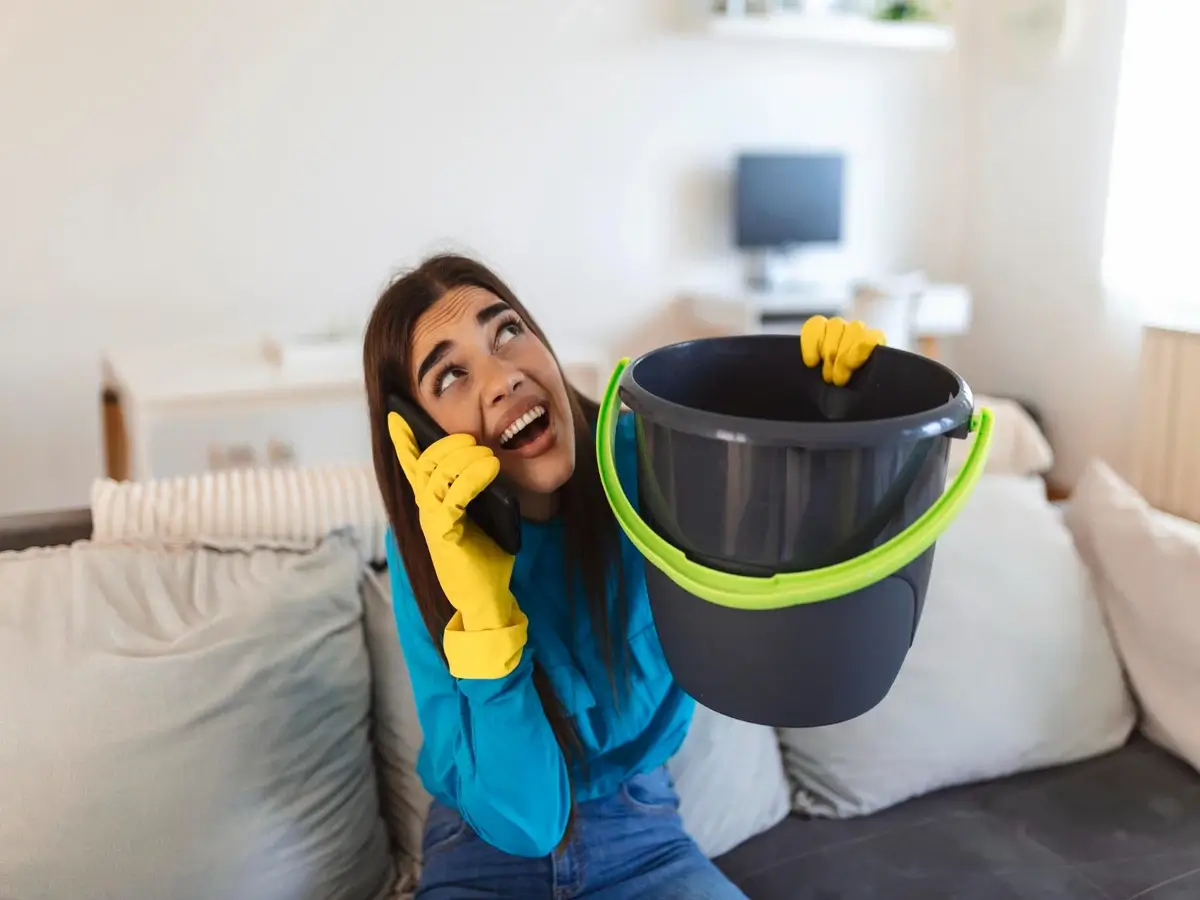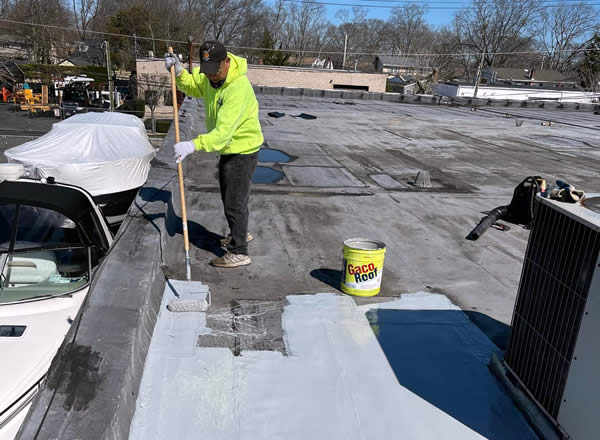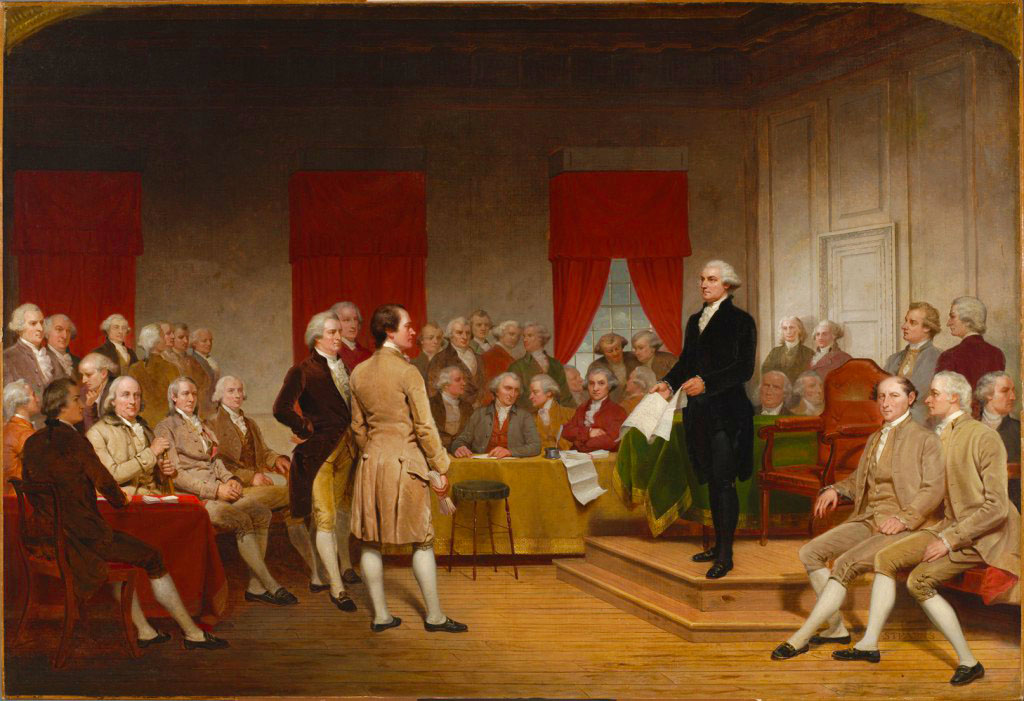How Do Experts Detect Hidden Water Damage?

Strong 8k brings an ultra-HD IPTV experience to your living room and your pocket.
Water damage is one of the most common and costly problems homeowners face. While some signs are immediately visible, such as puddles or discolored walls, others are much more difficult to identify. Expert detect Hidden water damage can remain undetected for weeks or even months, silently causing deterioration behind walls, under floors, or within ceilings. For property owners, understanding how professionals detect these unseen issues is critical to maintaining a safe and structurally sound environment.
Nature of Hidden Water Damage
Unlike obvious water-related issues, hidden water damage often escapes the notice of untrained eyes. It can be the result of slow leaks, poor ventilation, undetected roof damage, or even long-forgotten plumbing problems. Left untreated, this kind of damage can lead to structural weakening, toxic mold growth, and costly repairs. Experts use specialized tools and techniques to pinpoint the presence of moisture that the average homeowner cannot see or feel. Detecting hidden water damage requires a combination of scientific instruments and hands-on investigation. Professionals rely on their experience and knowledge of building materials and moisture behavior. They look for subtle changes in temperature, air quality, and structural performance to uncover issues before they become visible to the naked eye.
Visual Inspection with a Trained Eye
Even before using any equipment, an expert begins with a thorough visual assessment. They examine surfaces for signs such as peeling paint, warped baseboards, or hairline cracks. These symptoms, though often overlooked, can indicate water has seeped into hidden areas. Experts also pay attention to musty odors, which can signal mold development a common consequence of prolonged exposure to moisture. This stage is critical because a skilled inspector knows where to look. They focus on high-risk areas, including basements, attics, behind appliances, and under sinks. These zones are prone to leaks and condensation, making them hotspots for hidden water damage. Their ability to detect the early warning signs comes from experience and an understanding of how water behaves in different environments.
Moisture Meters and Detection Tools
To confirm their suspicions and uncover moisture within structures, professionals use moisture meters. These handheld devices can measure the moisture content inside materials like wood, drywall, and concrete. There are different types of meters for different applications some use electrical resistance while others rely on electromagnetic scanning. Moisture meters help assess whether an area is actively wet or has dried out. This is crucial when trying to determine the extent of water damage and whether mold might be growing behind the scenes. Experts can map the moisture pattern through walls and floors without having to tear into them, which helps in creating accurate repair plans.
Thermal Imaging Technology
One of the most advanced methods used to detect hidden water damage is thermal imaging. This technology uses infrared cameras to detect temperature differences within surfaces. Since moisture cools surfaces more than dry areas, water affected zones will appear as colder spots on the thermal camera. Thermal imaging allows professionals to see behind walls and ceilings without invasive demolition. It is especially useful for finding hidden leaks in ceilings or tracing the path of water from a burst pipe. It provides a detailed picture of where moisture might be spreading, enabling a targeted and effective response.
Hygrometers and Humidity Readings
Humidity levels inside a building are another clue to the presence of water problems. Experts use hygrometers to measure the relative humidity in different rooms and building cavities. High humidity, especially in enclosed spaces, is often a sign of concealed moisture buildup. In some cases, persistent dampness is caused not by leaks but by condensation from poor ventilation. A professional can distinguish between these causes and recommend proper solutions such as dehumidifiers or improved air circulation systems. Monitoring humidity also helps prevent future issues by maintaining ideal indoor conditions.
Borescopes and Inspection Cameras
Deeper investigation is necessary, experts may use inspection cameras or borescopes. These devices consist of flexible tubes with miniature cameras on the end, allowing professionals to peer inside walls, ceilings, or floor voids. This is particularly useful in tight or inaccessible areas where full removal of materials would be too destructive or costly. Borescopes provide real-time visuals of any moisture damage, mold, or corrosion. This technology adds an extra layer of certainty to a diagnosis and helps validate what other instruments might suggest. It is especially valuable during insurance assessments or when planning extensive restoration work.
Listening for Leaks and Drips
Sound can also be a useful indicator when it comes to detecting hidden water damage. Experts may use acoustic sensors to listen for the faint sounds of dripping or running water behind surfaces. This is especially useful when pinpointing pipe leaks that are not yet visible but are causing internal saturation. Sometimes, even basic listening skills play a role. The sound of creaking, dripping, or the faint hiss of escaping water may help narrow down a location. Experts are trained to differentiate normal building noises from those caused by water intrusion.
Professional Experience
While tools and technology play a major role in detecting hidden water damage, professional experience remains invaluable. An expert’s understanding of building systems, materials, and moisture behavior allows them to interpret the data correctly. Misinterpreting a reading or symptom can lead to incomplete repairs or missed problems, so experience ensures accurate and comprehensive evaluations. Professionals are also trained in the safe handling of potential hazards. Water damage often leads to mold or structural weakness. By involving a qualified expert, property owners ensure that all safety measures are followed during inspection and remediation.
Consequences of Ignoring Hidden Damage
Failure to detect and treat hidden water damage can lead to long-term consequences. Mold growth is one of the most serious threats, posing health risks such as respiratory problems and allergic reactions. Structural components like wooden beams or floor joists can rot over time, compromising the integrity of the building.insurance claims may be denied if damage is discovered late and determined to be preventable. Early detection by an expert not only saves money but also protects the health and safety of occupants. Preventive maintenance and regular inspections are essential practices, particularly in older buildings or homes in humid climates.
Preventive Tips to Avoid Future Issues
Although hidden water damage is hard to detect, some preventive steps can help reduce the risk. Regular inspections of plumbing, roofing, and HVAC systems can catch minor leaks early. Maintaining proper ventilation in areas like bathrooms, kitchens, and basements helps control indoor humidity. Sealing cracks and keeping gutters clean also prevents water from infiltrating hidden spaces. Engaging a professional for a yearly inspection ensures any hidden threats are uncovered and resolved before they escalate. Their tools, combined with practical knowledge, offer peace of mind and help maintain the long-term value of a property.
Trust the Experts
professional to inspect for trust expert hidden water damage might seem like an added expense, but it often saves thousands in repair costs. Their ability to assess both visible and invisible signs of water infiltration ensures no detail is overlooked. The peace of mind that comes with a thorough inspection far outweighs the risks of untreated moisture issues. From visual inspections to advanced technology, experts bring a full toolkit of skills and equipment designed to detect what others might miss. Whether you're dealing with an older property, recent flood exposure, or unexplained odors, a professional inspection can reveal the true condition of your space.
Conclusion
Hidden water damage poses a silent threat to homes and businesses, often progressing undetected until it causes serious harm. Experts use a combination of visual insight, specialized tools, and advanced technology to locate and address moisture-related issues before they escalate. By understanding how professionals detect these hidden dangers, property owners can take proactive steps to protect their investment and ensure a safe, dry living environment.
FAQs
How do I find a water leak that is not visible?
Finding a hidden water leak can be tricky, but there are several methods to help detect it. Start by checking your water meter for unusual increases in water usage, even when no water is being used. Use a moisture meter or infrared camera to scan for hidden leaks, especially in walls, ceilings, and floors. If you notice damp spots or mold, these can be signs of concealed leaks.
How is water damage detected?
Water damage is often detected through visible signs like water stains, mold, peeling paint, or warped floors. However, for hidden damage, professional tools like moisture meters and infrared thermography are used to locate the source of the water and assess the extent of the damage behind walls and ceilings.
How to check concealed water leakage?
Concealed water leaks are often detected through indirect signs like a musty smell, sudden spikes in your water bill, or visible mold growth. Professional inspectors use advanced equipment like moisture meters, infrared cameras, or acoustic devices to pinpoint the source of hidden leaks in plumbing or walls.
How to tell if water damage is recent?
Recent water damage can be identified by fresh water stains, moist walls, and visible puddles of water. The material affected by the damage may still be damp or soft. If the damage is older, the affected materials might show signs of mold or mildew growth, discoloration, or structural changes like warping or cracking.
How to check for water damage behind a wall?
water damage behind a wall, you can use a moisture meter, which will detect the level of moisture inside the wall. Another method is to look for visible signs such as bubbling paint, wall discoloration, or mold growth around the edges. If necessary, a professional can use infrared cameras to inspect the internal structure of the wall without causing any damage.
Note: IndiBlogHub features both user-submitted and editorial content. We do not verify third-party contributions. Read our Disclaimer and Privacy Policyfor details.






